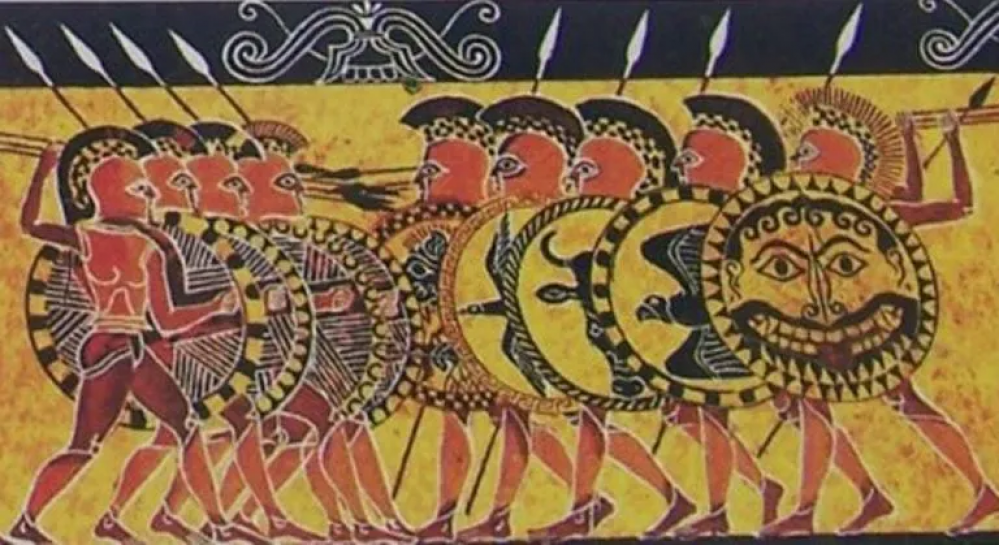
Enyalios!
The sound of thunder...and the smell of...
DBx Bases: 94 + 7
15mm Spears: 197
DBA Corps: 6
Saga Points: 8
DBx W/D/L: 2/0/6
So, with the Marines done, it was time to get onto the Horse, which is the last major component I need for most of the Athenian armies I’m doing.
And I over did it. Again…
I have a problem when painting in that I’m perpetually unsure if I’ll be able to recreate a mixed colour or painting style in future models. I can kinda handle the former by writing down my paint mixes for future reference, but I still have a tendency to paint all of a certain type of model at once so I can at least try to keep them uniform. This is what led to my 21 models at a time for the Marines, and how I ended up doing 30 bases at once here.
And those 30 bases included 57 horses of varying colours. Seriously, the number of minis I’ve painted over the last two months could be enough to do two or three full DBA armies…
When we in the west tend to think of cavalry, we tend to picture Napoleonic Dragoons or medieval Knights. Buy the truth is that this type of cavalry is actually a more recent development than that of the mounted warrior. The general consensus is that the European development of the stirrup in the 1st century BC caused a shift in cavalry tactics, allowing mounted warriors to more effectively shock charge and engage the enemy whilst on horseback. Most other style of cavalry tended to skirmish and engage in hit and run attacks on enemy lines, screening the main battle line. The first shock Calvary units was really the Macedonian Companions under Phillip and Alexander, being closer to Lancers and Knights than their contemporaries.
In DBA, this divide between shock cavalry and regular cavalry is also modelled – Cavalry elements are faster but weaker than some foot units, more in line with the weaker Auxillia type than the more combat focussed Blades type. If you want a horse unit to break the enemy lines, you need Knights – although still not as strong as a Blades unit, they have the ability to ride down a lot of foot elements if they so much as beat an enemy unit, rather than having to double its combat score.
For the Athenians, they did have a standing corps of cavalry, drawn from the highest classes of society – its one thing for a citizen to own their panolpoly of armour, but a warhorse…yeah, you need to be rich for that. The city states that created the best cavalry were the Thessalians in the Greece itself (natural horsemen), and the Tarantines from Italy, who hired out as Mercenaries to multiple force around the Mediterranean.
In DBA, the Athenains don’t get much in the way of cavalry to support their battle line. There are a few instances of mounted officers, and a couple of extra units. But even in DBMM, the most the Athenians get are 6 cavalry elements. Not exactly much of a support formation, but what the heck. Additionally, the Athenians also get access to some Light Horse support to act as outriders. Before 365BC, these are Horse Archers, which came from the Thracian range. But after that, you get an element of Prodromoi Light Horse. When I first read this, I immediately thought “Hang on, isn’t’ that the name of the Macedonian Light Cavalry”. Well, it is, but the two units couldn’t be more different.
The Macedonian Prodromoi were a subsection of the Companions – equipped with slightly shortened Sarissa and unarmoured, they scouted for the force, and guarded the right flank of the Companions in battle (which meant they guarded the entire army’s right flank, as the Companions were traditionally placed on the right of the army’s line).
In Athens, however, the Prodromoi were mounted javelin men, mostly raised from the lowest classes in Athens. Whilst most Greek warriors provided their own equipment, the prodromoi were supplied by their leaders instead, and probably forced a skirmishing force for the main cavalry, as well as assistants and aides for the officers in the army.
The final element painted up were Hamipoi. Now, I can’t seem to find any sort of direct translation for this troop type on the web, but in DBMM they function as light infantry that can support cavalry elements. This kinda make a bit of sense, as cavalry on its own can easily be swamped by enemy infantry if their initial charge doesn’t break the line, so some supporting infantry would aid them. Also you can see this sort of doctrine in the Battle of Gaugamela in Alexander, when the Companions have some infantry running along beside their horses in their initial maneuver.
So the Athenians were settled, but what else did I do up?
And then there’s the Thessalians.
When I was first thinking about my Greek armies one of my clubmates told me “if you’re going to do Greeks, have some allies as well. You need more than just spears, as such an army is not fun”. He made sense, so I immediately though about including the Thessalians as allies to break up the monotony and add some maneuver to my force. I’m planning on working on them later, but I figured I’d get some of them started at least.
The issue was mainly how to paint them. I didn’t want them looking too different from my main force, but the issue was that searching for “Thessalian Hoplite” only really came up with this picture:
All the others instead showed generic Hoplites or the Thessalian cavlary. But it occurred to me that this might be the answer – instead of the standard Athenian Blue, use a darker blue for the Thessalian units. That, plus the Thessalian cav using Boeotian helmets instead of the usual crested ones would be a good way to mark them out as separate. So, a few units of commanders and some Hamipoi to support them were added to the list.
And finally, just because I love torturing myself, I also did three elements of Mercenary cavalry – the Mercs are another corps that I’m going to do up as something distinctly different to the other forces, and, with them, uniformity isn’t so much of a concern. But I still ensured they all had similar helmets so that they had some cohesion, rather than all looking different.
With those done, I had reached a major turning point in my project – three of the four Athenian corps types were done!
L to R: I/52e Early Hoplite Early Athenians, I/52f Early Hoplite Later Athenian, II/5b Later Hoplite Athenian
The only Athenian army not done yet was the Hellenistic Athenians (II/31h), but that one requires Thureophoroi, and I really want to paint something other than Athenian blue for a bit.
So, coming up next, some allies…





























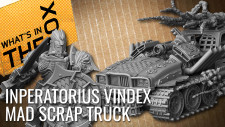


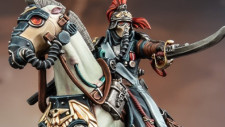
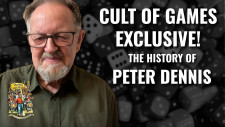
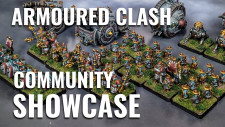







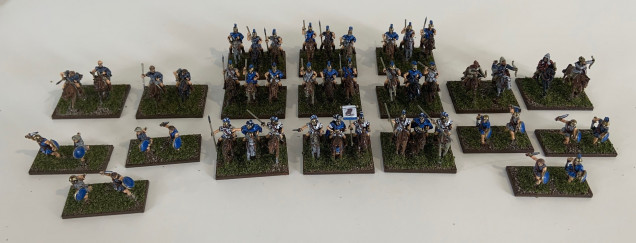
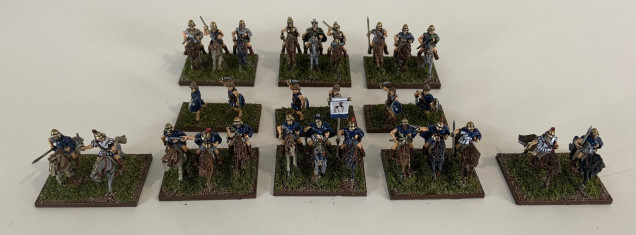
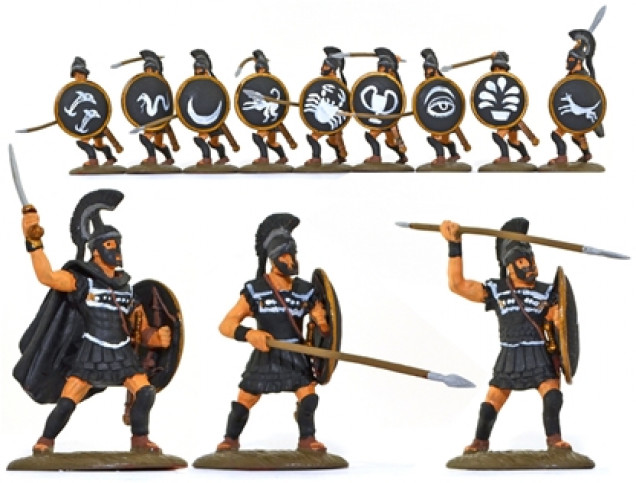
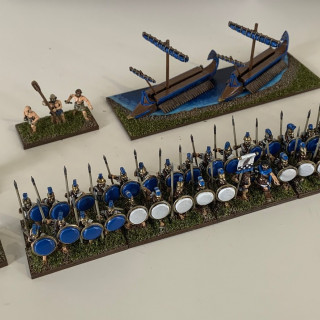
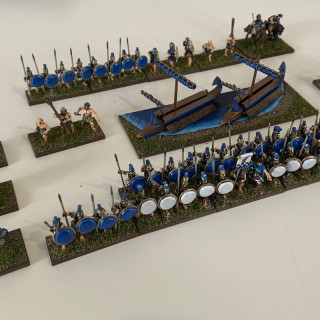
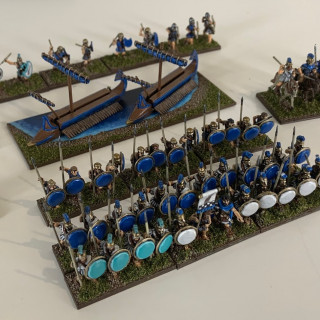

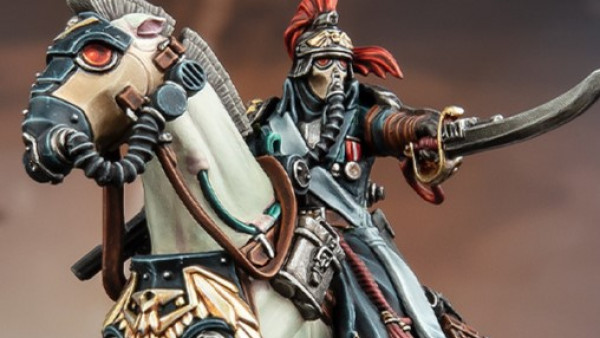
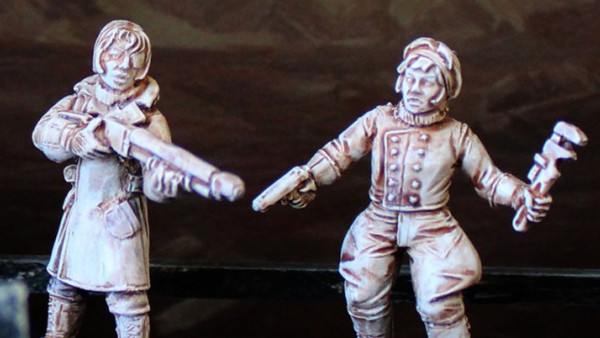
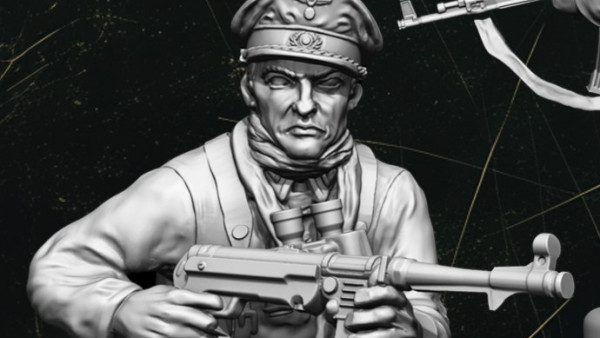
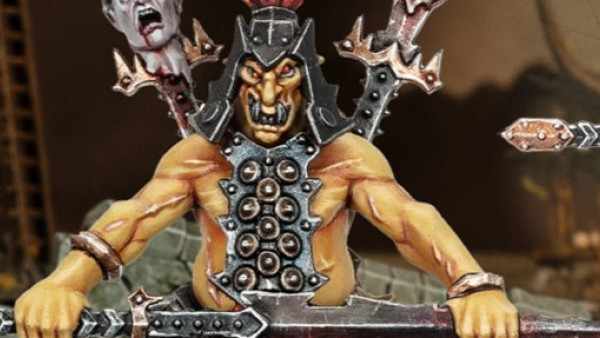
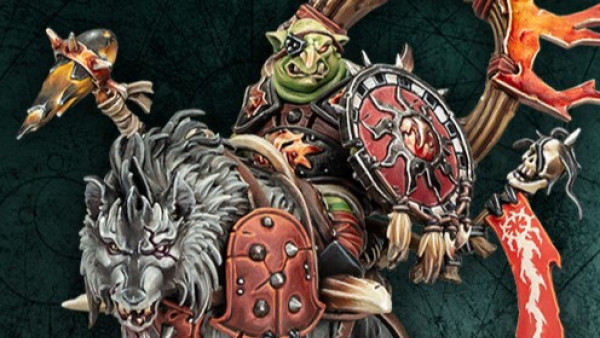

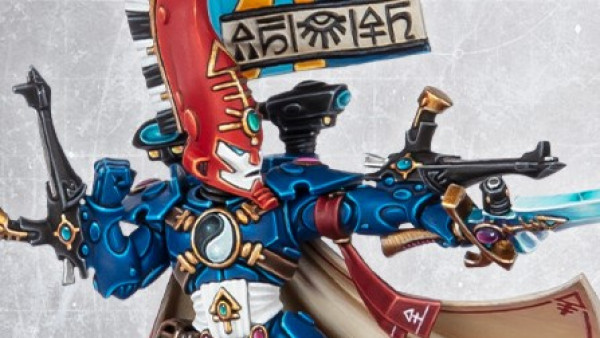
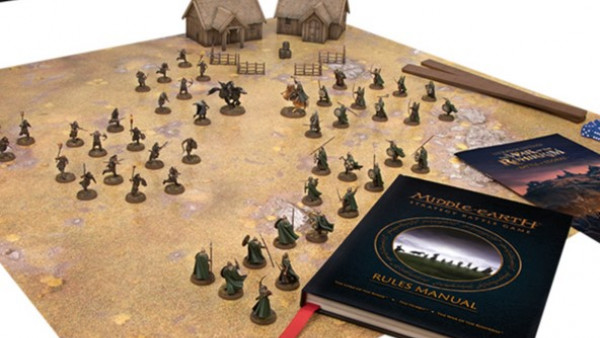
























Leave a Reply